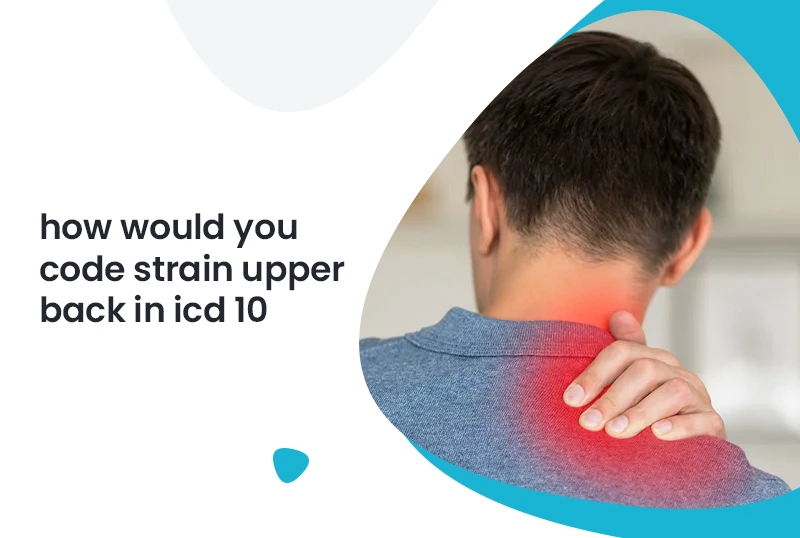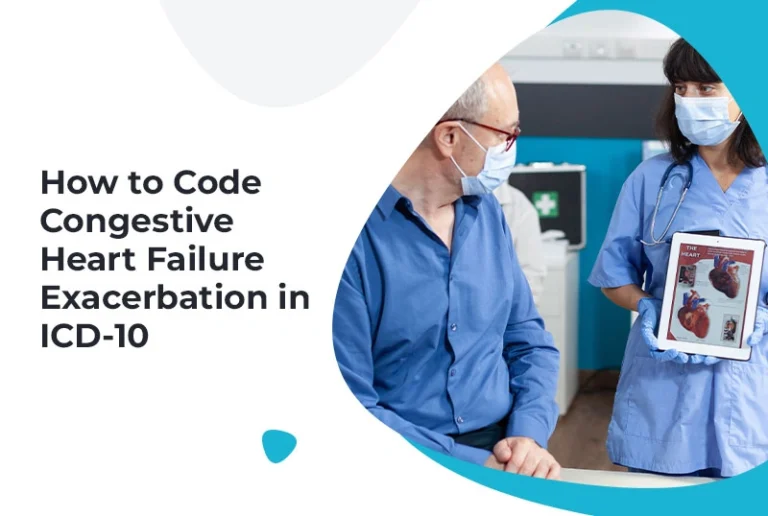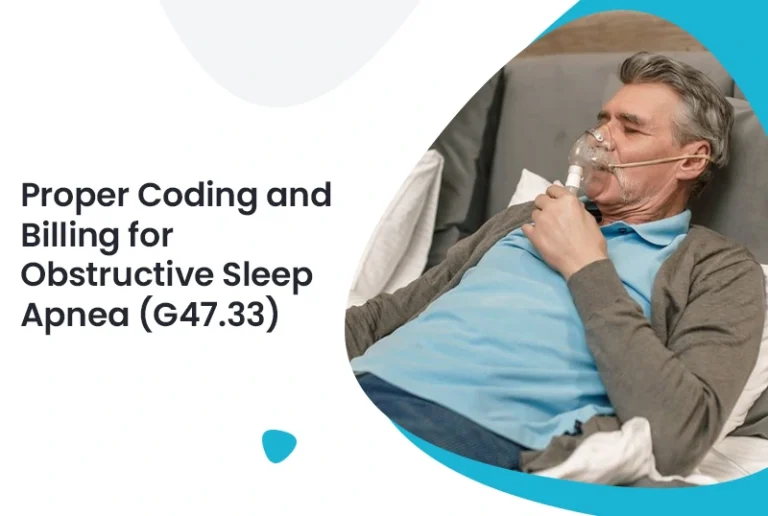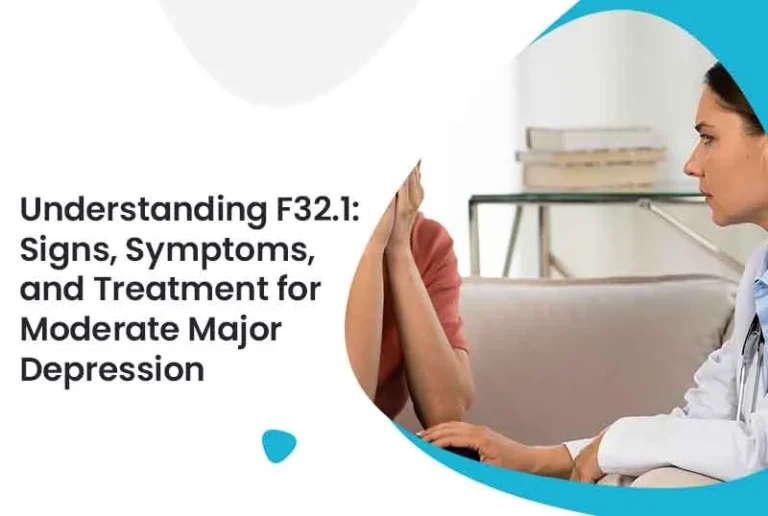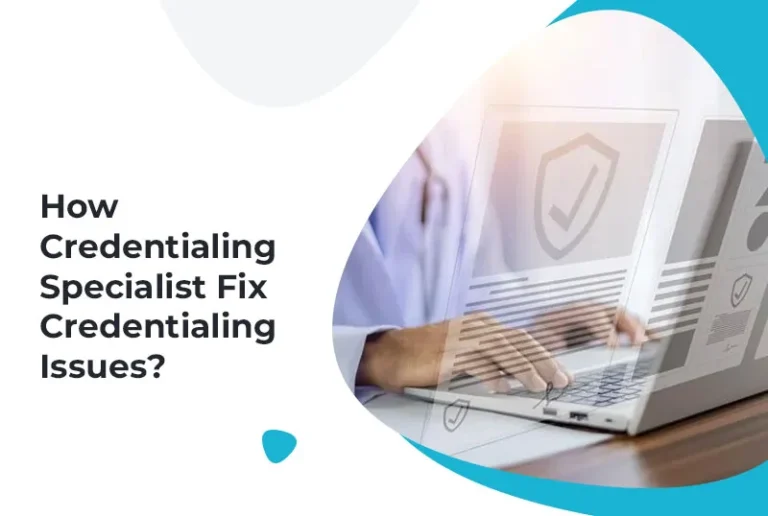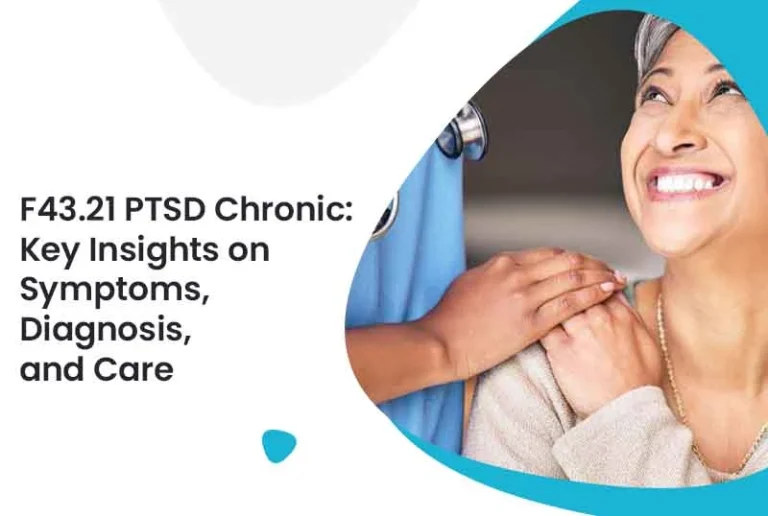If you’ve ever struggled to assign the right ICD 10 code for upper back pain, you’re not alone. Back pain is among the top reasons for clinical visits, and incorrect coding can lead to claim denials, reimbursement delays, and compliance issues. As a healthcare provider, billing specialist, or medical coder, knowing the correct code and how to use it can streamline your billing process significantly.
In this guide, we’ll break down the correct ICD-10 codes for upper back pain, particularly strain-related diagnoses, and how to apply them. Whether you manage a small practice or work in a busy hospital, accurate coding begins with good documentation and ends with a precise code.
Practices that leverage expert billing services medical often experience faster reimbursements, fewer denials, and greater compliance across the board.
What is the ICD 10 Code for Upper Back Pain?
The general ICD-10-CM code for upper back pain, particularly when the cause is non-specific or related to posture or tension, is:
M54.6 – Pain in thoracic spine
This code applies to pain located in the upper and mid-back, typically between the shoulder blades. It’s a non-traumatic, general-use code. However, it should not be used when a specific cause like a muscle strain or injury is diagnosed — for that, ICD-10 has more specific coding options.
Coding a Strain in the Upper Back: Thoracic Wall Strain
When a patient suffers a strain of the upper back, such as pulling a muscle while lifting something heavy or after intense physical activity, the pain is no longer “non-specific.” It becomes injury-related, and you must choose from the S29 category in ICD-10.
The most appropriate code is:
S29.012A – Strain of muscle and tendon of back wall of thorax, initial encounter
When to Use This Code:
- Patient presents with acute upper back pain due to physical strain
- Provider diagnoses muscle or tendon strain in the thoracic region
- It’s the first time the patient is receiving treatment for this condition (Initial encounter = “A”)
Other characters like “D” for subsequent and “S” for sequela are required in follow-up care or long-term complications.
Want more information? Read here: Is it better to see a chiropractor or physical therapist for sciatica?
M54.6 vs. S29.012A: What’s the Difference?
| Code | Condition | When to Use |
| M54.6 | Pain in thoracic spine | For general back pain, no injury or trauma |
| S29.012A | Strain of back wall of thorax (muscle/tendon) | When strain or injury is diagnosed |
Understanding the difference is crucial. Many claims are denied because providers mistakenly use M54.6 when a more specific injury code like S29.012A is appropriate.
Supporting Documentation for Accurate Coding
To assign the correct ICD 10 code for upper back pain, your documentation must reflect:
- Exact pain location – Mid-back, upper thoracic, between scapulae
- Cause or onset – Sudden after lifting, gradual from posture, etc.
- Associated symptoms – Limited motion, tenderness, muscle spasm
- Diagnosis – General pain vs. strain/injury
- Type of visit – Initial, follow-up, or treatment of complications
If the clinician’s notes are vague, coders will have to use unspecified codes, which increases the risk of denials and reduced reimbursement.
A robust Revenue Cycle Management process ensures thorough clinical documentation and accurate code assignment, keeping your revenue flowing consistently.
Related Codes for Upper Back Pain Scenarios
Here are some commonly used ICD-10 codes related to upper back pain:
| Code | Description |
| M54.6 | Pain in thoracic spine |
| S29.012A | Strain of muscle and tendon of thoracic wall, initial |
| M79.1 | Myalgia (muscle pain) – for generalized muscular issues |
| M54.2 | Cervicalgia – pain in the neck |
| M54.5 | Low back pain |
ICD-10 7th Character: Don’t Skip It
The 7th character in injury coding is essential for specifying the type of encounter:
- A – Initial encounter (active treatment phase)
- D – Subsequent encounter (follow-up care, healing phase)
- S – Sequela (complication or condition from previous injury)
Example:
S29.012D – Follow-up care for strain of thoracic wall
S29.012S – Long-term effect such as chronic pain or stiffness after thoracic muscle strain
Forgetting the 7th character makes the code incomplete and will lead to rejected claims.
Geographic Relevance: Coding Across the U.S
While ICD-10-CM codes are used nationally, documentation practices may vary by state or payer. For example, some insurers in Texas or California may require more detailed chart notes for musculoskeletal claims. In areas like Houston, with a higher population of laborers and industrial workers, back strain claims are more frequent and subject to payer scrutiny.
If your clinic handles frequent musculoskeletal claims, it’s smart to have protocols for muscle strain documentation and coding.
Automate claim accuracy and reduce errors using modern rpd services in medical billing, which blend AI-powered scrubbing and manual review.
Final Thoughts
Correctly identifying and assigning the ICD 10 code for upper back pain can drastically improve claim approval rates and ensure full reimbursement. While M54.6 is appropriate for general pain, strain-related cases require S29.012A with the correct 7th character.
By aligning your documentation with the correct codes and working with a trusted billing partner like Precision Hub, your practice can focus more on care and less on administrative headaches.
FAQs (Frequently Asked Questions)
Q1: What’s the ICD-10 code for general upper back pain?
A: Use M54.6 for unspecified pain in the thoracic spine with no identified cause.
Q2: What is the ICD-10 code for muscle strain in the upper back?
A: Use S29.012A for initial diagnosis of thoracic wall muscle strain.
Q3: Should I always use the 7th character in ICD-10 injury codes?
A: Yes. It distinguishes between initial, subsequent, and sequela care and is mandatory for claim acceptance.
Q4: Can I use both M54.6 and S29.012A together?
A: No. Choose the most accurate code based on the diagnosis. Use S29.012A if the pain is caused by a strain or injury.
Q5: How can I ensure my upper back pain claims aren’t denied?
A: Ensure complete documentation, correct 7th characters, and specific diagnosis codes. Outsourcing billing can also help minimize errors.

